In this hectic lifestyle and workload of the modern world, the entire pressure falls on the spinal cord. We often ignore taking precautions while lifting heavy items, bending or turning our backs, which can lead to unprecedented injuries like sprains or spondylosis. We run to doctors, who prescribe medicine for immediate relief. But have we ever considered an alternative therapy for the cure of lumbar spondylosis? Acupressure is an alternative therapy which can cure lumbar spondylosis, without opting for surgical treatment.
Unlike conventional medical treatments, which just alleviate the pain temporarily, acupressure for back pain cures the problem permanently, by applying pressure to some key nerve tendons.
What is Spondylosis?
Spondylosis is also known as spinal osteoarthritis. Though it is not a very serious ailment, it can be quite painful. Spondylosis is a degenerative condition that may worsen as a person grows older. It can damage the following areas of the spine: cervical (neck), thoracic (upper, mid back), lumbar (low back) or lumbosacral (low back/sacrum). Most patients with spondylosis do not require spinal surgery.
With growing age and constant wear and tear, the flexibility and smooth movement of the spine gets affected. These structural changes may reduce the amount of space (disc space) between vertebral bodies and subsequently affect normal movement of the facet joints.
Symptoms Of Spondylosis
Spondylosis gradually manifests its symptoms.
Generally, this ailment of the lower back shows no symptoms at all. We might as well ignore it for a common back ache. However, spondylosis symptoms may get worse. It may lead to excruciating pain, restrict motion, and cause partial paralysis in affected areas of the body. If neglected for a longer period of time, it can worsen normal life. Proper diagnosis leads to effective treatment of lumbar spondylosis.
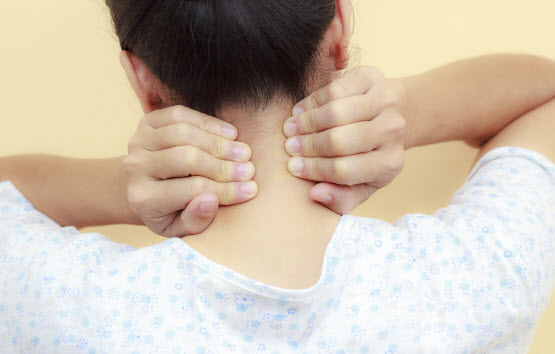
Spondylosis is more common in the neck and lower back. The neck is susceptible because it supports the weight of the head through flexible movement. The lower back is at risk, because it manages and distributes most of the body’s weight and other structural adjustments.
- Pain can result from a bulging or herniated disc that twitches a spinal nerve. Nerves compressed in the neck may cause neck pain which may graduate downward into the shoulder, arm and hand. Similarly, if the lower back is affected, the patient may experience buttock pain and sciatica.
- Stiffness can occur after periods of inactivity or rest, such as waking up after a nap.
- Paresthesias are sensations which may develop, like numbness or tingling.
As mentioned earlier, spondylosis is often associated with aging. The first symptoms of this ailment is evident between the ages of 20 and 50 years, and more than 80% of individuals older than 40 years have radiologic (X-ray) evidence of the condition. Lumbar spondylosis is especially common in people older than 40 years.
Acupressure Therapy for Back Pain
Acupuncture began in China more than 2,500 years ago. According to traditional Chinese medicine, the body has more than 2,000 of these points. They are connected by pathways or meridians, which create a flow of energy called Qi (pronounced “chee”). Stimulating these points is said to maintain the flow of qi and improve energy levels. Practitioners believe that this helps relieve pain and improve health.
It’s a proven thought that the central nervous system stimulates all the body parts. This may trigger the release of chemicals into the muscles, spinal cord, and brain. These chemicals either alter the experience of pain or produce bodily changes that promote a sense of well-being.
Acupressure Points can heal the back pain if the pressure points are applied daily. However, you must know the proper applying technique of acupressure Points for Back Pain. Because Acupressure Points can harm the patient if you apply them in wrong way.
Acupressure is very old method to cure any disease. Back Pain can occur in the human body because of many reasons. The Acupressure Technique has several pressure points for healing Back Pain. These pressure points are very helpful to give relief in various symptoms of Back Pain. The points for Back Pain are described as follows:
Reflexology for Lower Back Pain
-
- Stomach Point
- Lower Back Points
- Hipbone Points
- Knee Back Points
- Foot Points (Sleeping and Sitting)
1.Stomach Point
Stomach Point is very helpful for lumbar spondylosis pain relief. Acupressure Stomach Point for Back Pain is situated under the Navel (i.e. belly button). The Stomach Point is also called Sea of Energy point. The exact place for the Stomach Point is below the Navel at around 2 fingers distance. Applying firm pressure on the Stomach Point (Sea of Energy point) makes the lower back firm and strengthens the abdominal muscles.
2. Lower Back Point
- Lower Back Points give relief in lumbar spondylosis as well as sciatica. Acupressure Points for Back Pain are situated near the spine. Lower Back Points are also known as Sea of Vitality and lie at waist level. The exact place of Acupressure Lower Back Points is between the second and third lumbar vertebrae (each bone of a Spinal Cord is known as lumbar vertebrae).
- Applying proper pressure on the Acupressure Lower Back Points for Back Pain can heal the aches in lower back, fatigue, sciatica and more.
- Remember, if the patient’s back is weak then please do not apply any pressure.
3. Hip Bone Point
Hipbone Points are very helpful in reducing hip tension due to lumbar spondylosis tension. Acupressure Hipbone Points for Back Pain are situated near the hipbone. The Hipbone Points are also called Womb and Vitals. They are exactly located in the middle of base of the buttock and top of the hipbone and are outer sacrum the base of the spine.
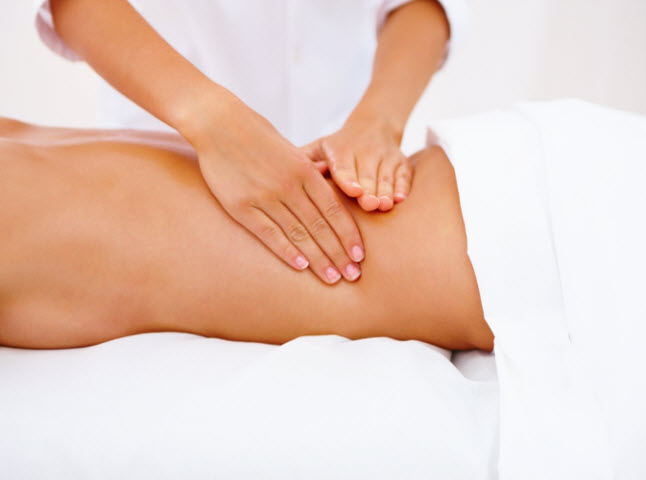
4.Knee Back Points
Acupressure Knee Back Points for Back Pain are situated in backside of knee caps. Knee Back Points are also known as Commanding Middle. The Knee Back Points are exactly located at the centre of the backside of the knee cap in both legs.
Applying firm pressure on Knee Back Points will be helpful in relief from back pain, stiffness in back, arthritis in back, knee pain, arthritis in hips, sciatica, arthritis in knee and more.
5. Foot Points
Acupressure Foot Points are effective in reducing the back pain as well. Foot Points are divided in two situations i.e. Foot Point while sleeping and Foot Point while Sitting. Let us discuss about the Acupressure Foot Points one by one. Acupressure Foot Point while sleeping is situated between your big toe and second toe. First lie down on the floor. Find a joint exact in the midway of your big toe and second toe. Apply tender pressure on Foot Point to get relief in Back Pain. Applying pressure on Acupressure Foot Pressure Point will help you heal faster.
If you regularly work on this acupressure therapy for back pain relief, then you can go back to normal life and head for that adventure trip you’ve been craving for so long. Say goodbye to all the medicines you’ve been taking for back pain relief and embrace acupressure for back pain relief. Lumbar Spondylosis treatment is quite affordable and is offered in well-known hospitals specialised in Rheumatology. We also get several online guides to help us through the safe and secure treatment of acupressure for back pain.
Frequently Asked Questions:
1. What is the best exercise for spondylosis in the lower back?
Exercises focusing on core strength and flexibility, like pelvic tilts, partial crunches, and hamstring stretches, offer relief for lower back spondylosis. These low-impact movements aim to strengthen muscles and improve flexibility without straining the spine, aiding in managing discomfort associated with the condition.
2. Which vitamin is good for lumbar spondylosis?
Vitamins such as D, B12, and C support bone health and reduce inflammation, potentially beneficial for lumbar spondylosis. However, no specific vitamin singularly treats the condition. Maintaining a balanced diet or consulting a healthcare professional for guidance on vitamin intake and overall spinal health management is essential.
3. What not to eat in lumbar spondylosis?
Limiting certain foods in lumbar spondylosis can help manage symptoms. Avoid processed foods, excess sugars, high sodium, trans fats, and refined carbohydrates. These choices may contribute to inflammation and weight gain, potentially worsening discomfort associated with the condition. A balanced diet emphasizing whole foods supports overall spinal health.
4. What is the home remedy for lumbar spondylosis?
Home remedies offer relief for lumbar spondylosis symptoms. Try hot or cold therapy, gentle exercises like walking or yoga, maintaining proper posture, using supportive pillows, managing stress, and following a balanced diet. These approaches aim to alleviate discomfort and support overall spinal health, but consulting a healthcare professional is essential for personalized guidance.
5. What activities should you avoid with lumbar spondylosis?
Avoid activities that strain the lower back in lumbar spondylosis. Steer clear of high-impact exercises, heavy lifting, prolonged sitting, excessive bending or twisting, poor posture, and unsupportive sleeping positions. These precautions help reduce strain on the spine and alleviate discomfort associated with the condition, promoting better spinal health overall. Consulting a healthcare professional provides tailored advice on managing lumbar spondylosis.
6. Is acupuncture suitable for lumbar spondylosis?
Acupuncture is often considered beneficial for lumbar spondylosis, a degenerative condition affecting the lower spine. By inserting thin needles into specific points in the body, acupuncture aims to alleviate pain, reduce inflammation, and improve mobility. Some individuals report experiencing relief from symptoms like lower back pain, stiffness, and limited movement after acupuncture sessions.

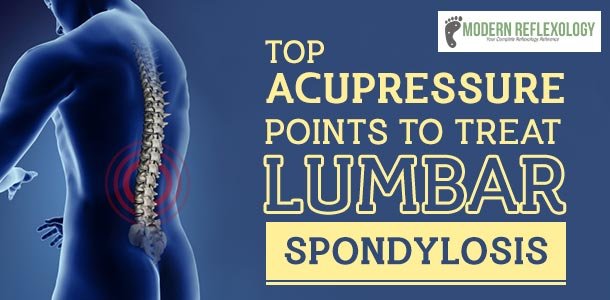
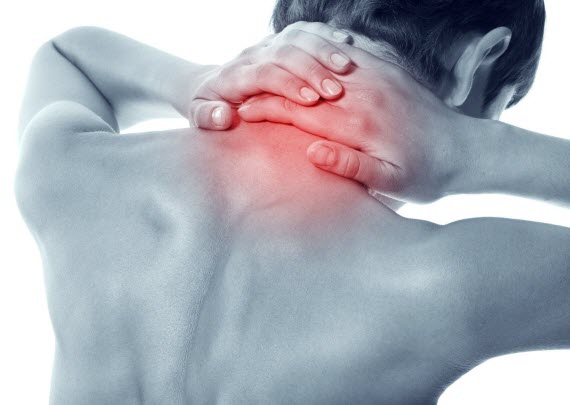
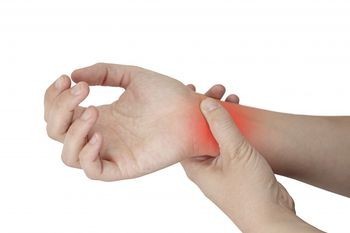
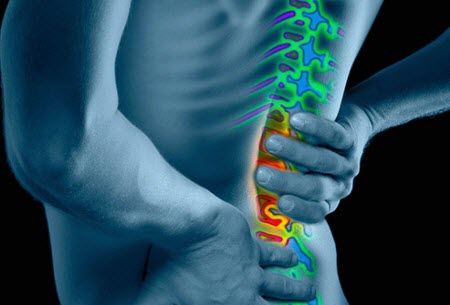
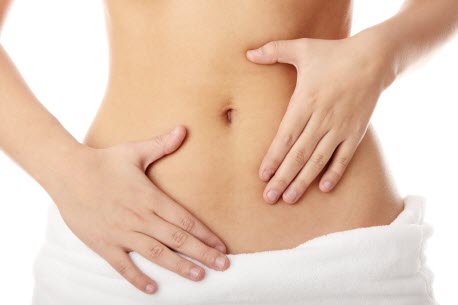
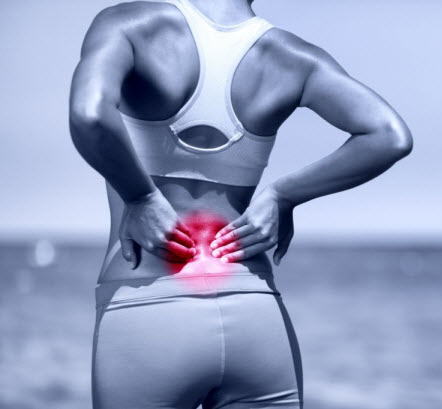
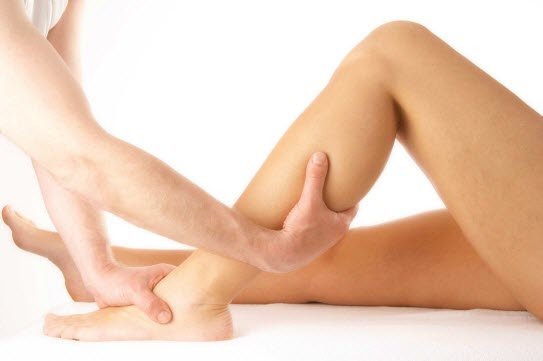
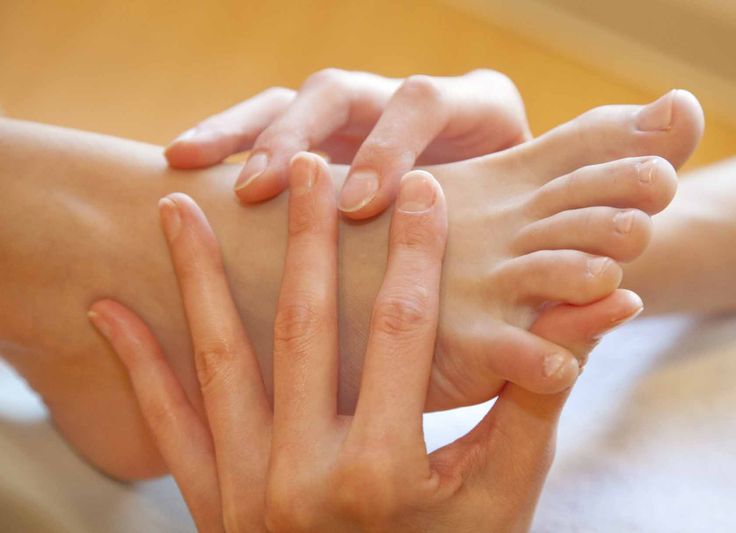
Comments are closed